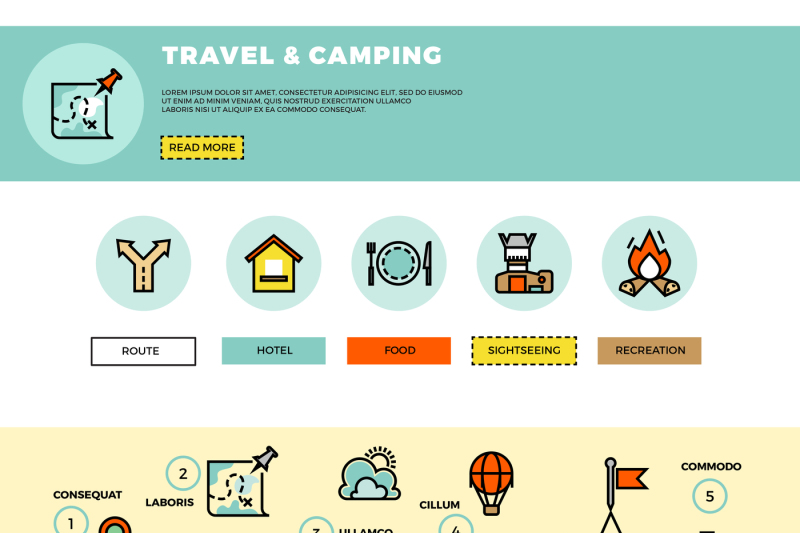How You Can Sell Camping Tents To An Unlimited Customer Base
How You Can Sell Camping Tents To An Unlimited Customer Base
Blog Article
Taking Pleasure In the Stargazing Experience
Daydreaming can be a gratifying and relaxing leisure activity. It promotes mindfulness and attaches us to nature, specifically in immaculate settings like remote hill tops and deserts where light air pollution is very little.
What is the lightest one person tent?
The best time to stargaze is throughout the autumn and winter, when temperature levels are milder and atmospheric conditions are more steady. Bring a tent and resting bag to stay comfortable while checking out the stars.
Prepare Ahead
If you have not been daydreaming for some time, it is necessary to get comfy before you begin seeking out. Plan ahead by using cozy clothes, bringing additional layers (even in heat wave the UK can be chilly), and packing a thermos of something hot to consume.
If possible, find a place away from city lights. You'll have the ability to see more celebrities and worlds without the disturbance of light air pollution.
You don't need to bring a telescope or field glasses to delight in the stargazing experience, although they can aid you see even more details of celestial objects. You can even utilize your mobile phone to find planets, celebrities, constellations and galaxies with a daydreaming application. Simply keep in mind that the stars can be tough to see on a brilliant phone screen.
Bring Comfortable Garments
When daydreaming, it's important to dress warmly. Also in summertime, nights can be cold, so use layers and a hat to safeguard on your own from the elements.
Take into consideration bringing a thermos with warm cacao or coffee to stay invigorated as you look at celestial objects. It also assists to have a canteen so you can remain hydrated while you observe.
Locate a spot away from city lights and near to wide-open countryside. This will help reduce light pollution and make it much easier to see celestial objects. Ideally, try to plan your stargazing adventure around the time of a new moon or within 3 days before and after. This will offer the darkest skies feasible, ideal for observing celestial objects and sensations. Bring a map, compass or general practitioner gadget to browse to your watching location and prevent getting shed.
Bring Snacks
If you're mosting likely to be out in the elements for a long time, be prepared with comfy seating and treats. You may remain for a couple of hours at the top of your stargazing experience, so having some chairs or coverings to remain on can make the night a lot more enjoyable.
You might want to bring a headlamp, however if you do, make sure it's red so you do not disturb other stargazers with your routine light. Your eyes require to adjust to the darkness, and utilizing a normal light will interrupt this procedure.
A flask of a warm beverage is also a fantastic concept-- you can obtain cozy in your covering with some tea, hot chocolate or even coffee! Just be sure to pack the recyclable containers so you're remaining hydrated.
Bring a Telescope or Binoculars
Daydreaming is an activity that includes standing in a dark area for long periods of time, so it is very important to see to it you are comfortable. A great way to do this is by bringing a reclining chair or covering to being in. This makes the experience extra pleasurable and enables you to concentrate on the celebrities instead of your hurting back!
For more advanced stargazers, a telescope can be a terrific device to have. A simple reflector or substance telescope can be enough to observe the moon's craters, the rings of saturn, and even some larger star clusters and galaxies.
Binoculars are also an outstanding choice to telescopes. They are mobile, inexpensive, and easy to use, and can aid you see a great deal more than what your nude eye might manage by itself.
Plan Your Journey
A successful daydreaming experience needs careful preparation. Dressing suitably, bringing warm drinks and comfortable seating (like reclining chairs or camping blankets), and informing a person concerning your journey details and expected return time are essential for safety and security.
Selecting the right place is also vital. Try to find dark sky areas that are much from light pollution-- like national forests or designated dark-sky books. And strategy your check out during the new moon for the darkest skies.
Stay clear of using flashlights as long as possible, given that they interfere with your capability to see the stars-- and keep in mind that it takes 20 minutes for your eyes to re-adjust after each use. If you do need to use a flashlight, take into consideration covering pretty tents it with red cellophane to protect your night vision. Also, be sure to study celestial events like meteor showers or eclipses.
How do I protect my tent from rain?
